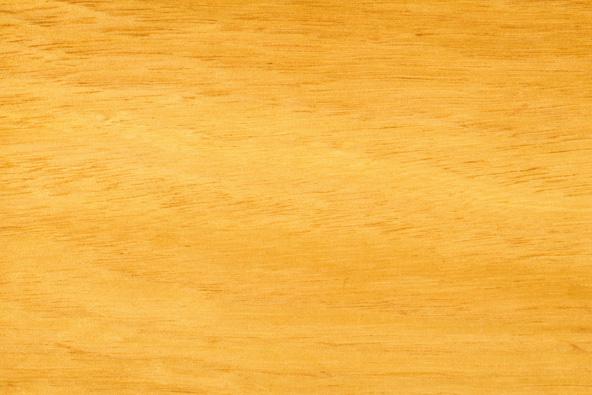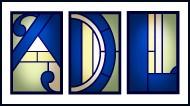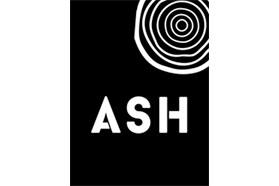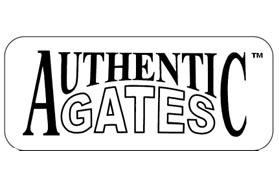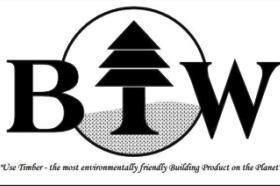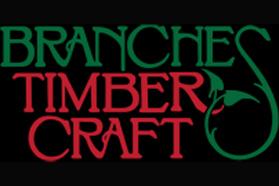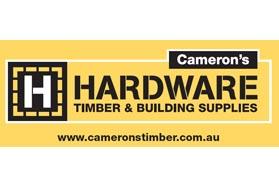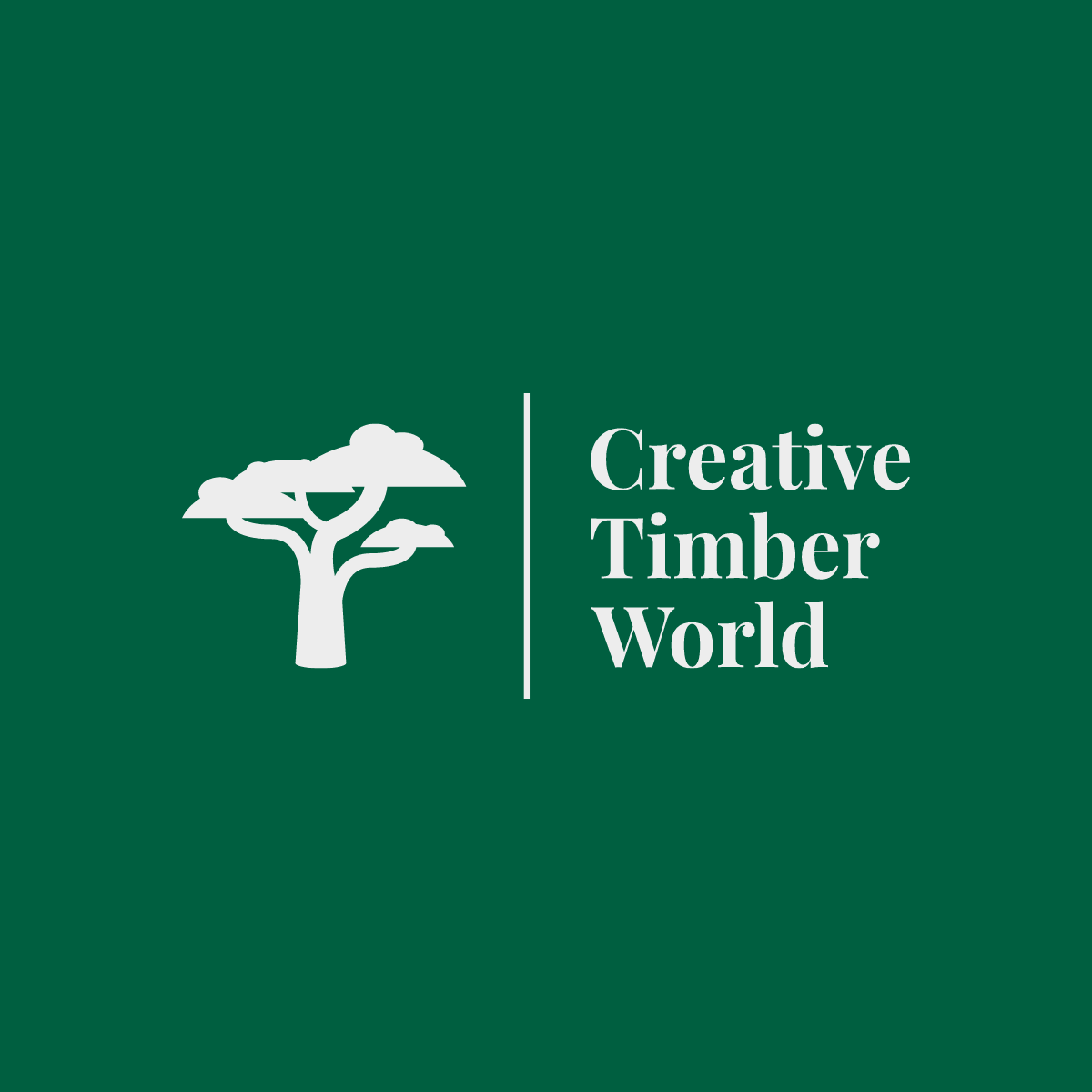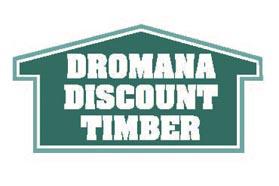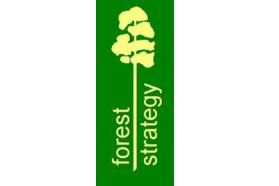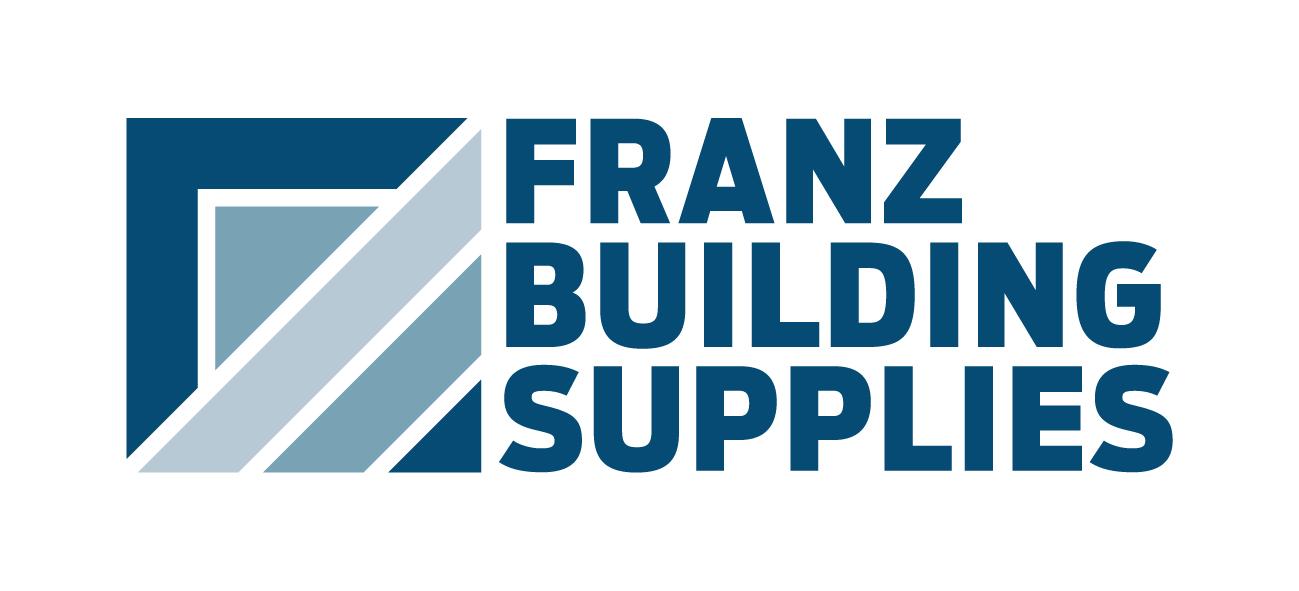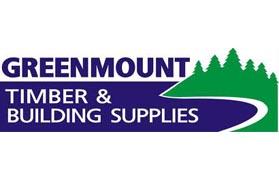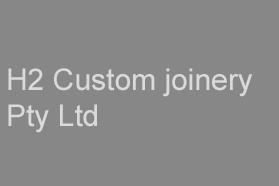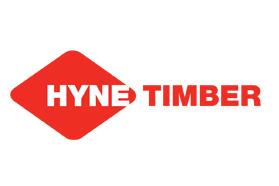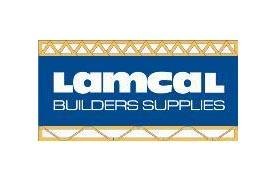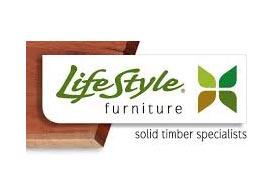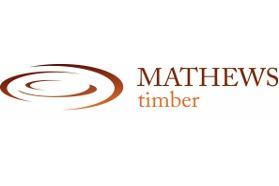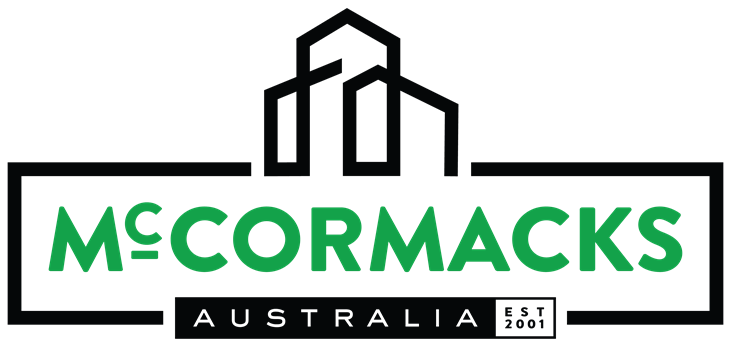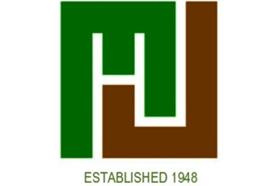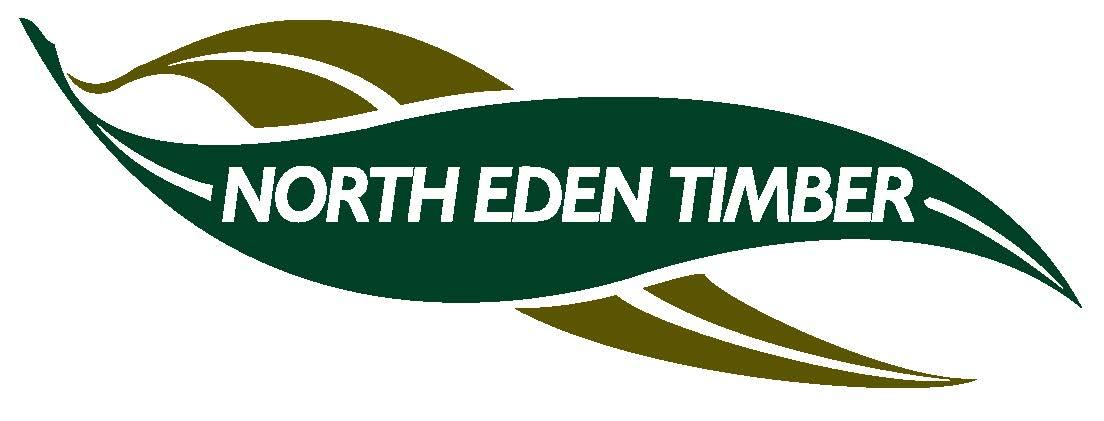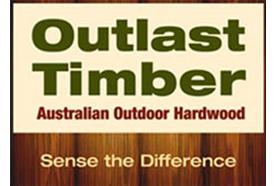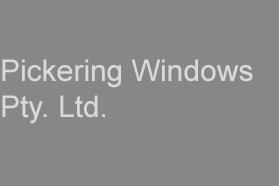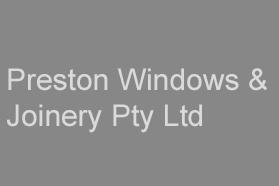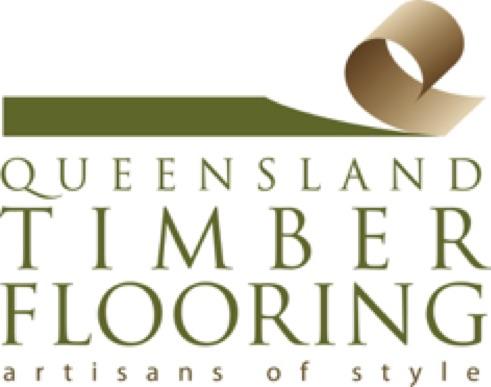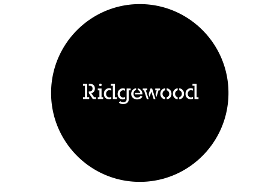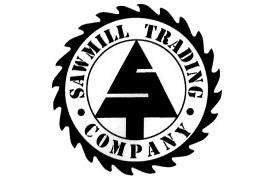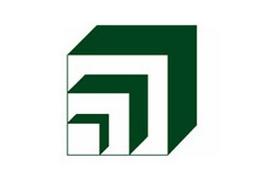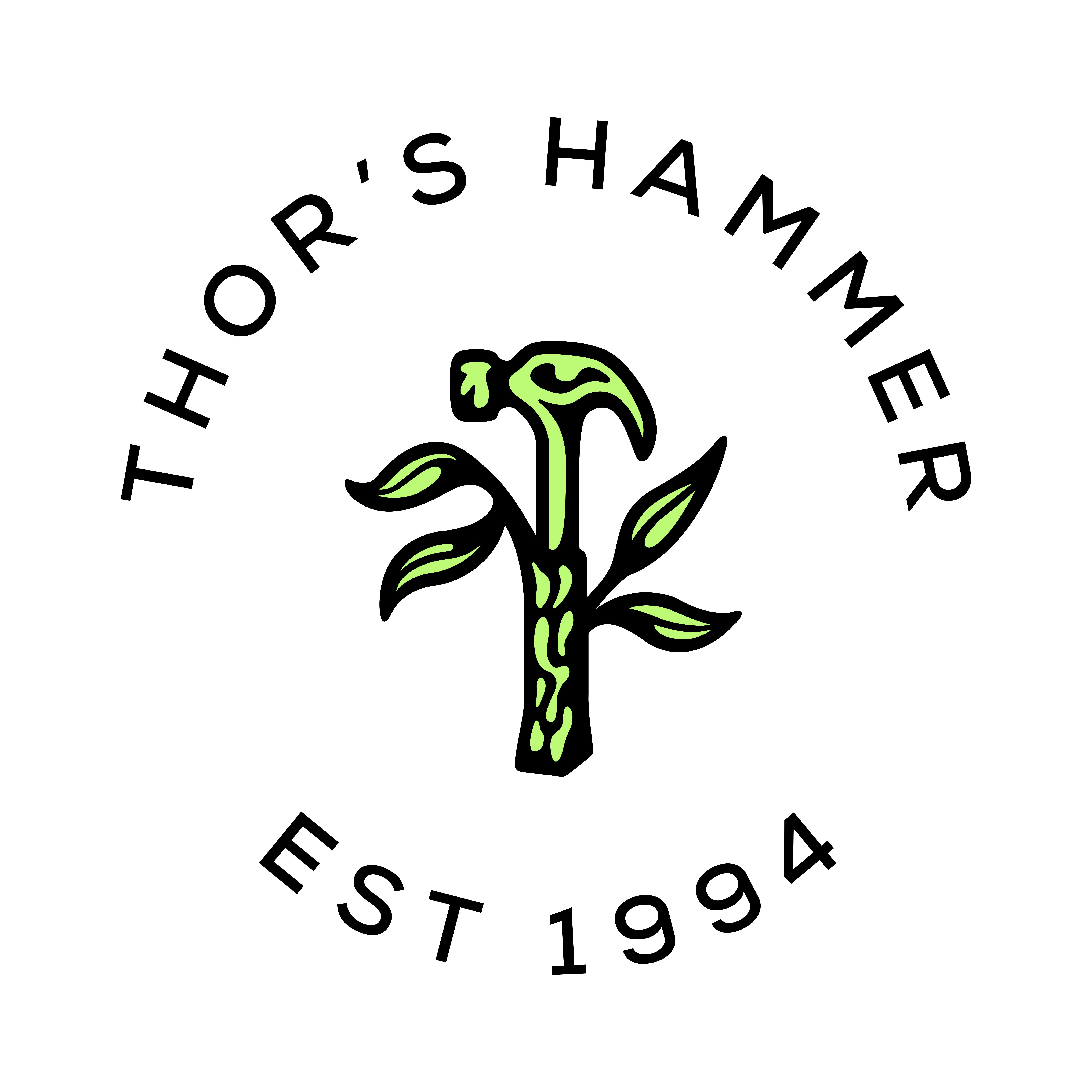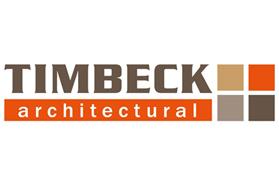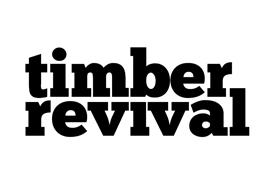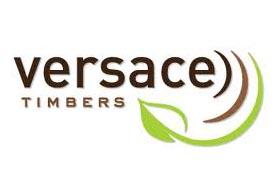Victorian ash is the trade name of two large Victorian hardwood species, alpine ash and mountain ash, that can be used for timber framing, internal applications and furniture.
Alpine Ash, Mountain Ash
E. delegatensis & E. regnans
Victorian ash can be used for general construction, such as F17 seasoned structural framing, but its moderate above-ground durability and its consistent and even colour means it is best suited for interior applications such as flooring, panelling, mouldings, staircases, handrails, balusters, cupboards, bench tops high value joinery, furniture as well as protected (e.g. painted) window joinery. Victorian ash is also used to manufacture plywood and may also be used for boxes, crates and paper pulp. Victorian ash can be grown as a plantation timber due to its quick growth and resistance to insect attack.
Shrinkage
| Very Low | Low | Medium | High | Very High | |
|---|---|---|---|---|---|
|
|
|
|
|||
|
Tangential :
|
8.50% | ||||
|
Radial :
|
5.20% | ||||
|
Unit Movement Tangential:
|
0.31% | ||||
|
Unit Movement Radial:
|
0.20% |
Strength Group
| Very High | High | Reasonably High | Medium High | Medium | Reasonably Low | Low | Very Low | |
|---|---|---|---|---|---|---|---|---|
| Unseasoned: | S1 | S2 | S3 | S4 | S5 | S6 | S7 | S8 |
|
|
||||||||
| Seasoned: | SD1 | SD2 | SD3 | SD4 | SD5 | SD6 | SD7 | SD8 |
|
|
Stress Grade
|
Structural No. 1 |
Structural No. 2 |
Structural No. 3 |
Structural No. 4 |
Structural No. 5 |
|
|---|---|---|---|---|---|
| Unseasoned: | F14 | F11 | F8 | F7 | F5 |
| Seasoned: | F22 | F17 | F14 | F11 | F8 |
Density per Standard
| Seasoned: | 650kg/m3 |
|---|---|
| Unseasoned: | 1050kg/m3 |
Joint Group
| Very High | High | Reasonably High | Medium | Low | Very Low | |
|---|---|---|---|---|---|---|
| Unseasoned: | J1 | J2 | J3 | J4 | J5 | J6 |
|
|
||||||
| Seasoned: | JD1 | JD2 | JD3 | JD4 | JD5 | JD6 |
|
|
Colour
| White, yellow, pale straw to light brown | Pink to pink brown | Light to dark red | Brown, chocolate, mottled or streaky | |
|---|---|---|---|---|
|
|
||||
Mechanical Properties
|
Modulus of Rupture - Unseasoned:
|
65.9 |
|---|---|
|
Modulus of Rupture - Seasoned:
|
110 |
|
Modulus of Elasticity - Unseasoned:
|
12.6 |
|
Modulus of Elasticity - Seasoned:
|
15.5 |
|
Maximum Crushing Strength - Unseasoned:
|
31.5 |
|
Maximum Crushing Strength - Seasoned:
|
61.6 |
|
Impact - Unseasoned:
|
13.7 |
|
Impact - Seasoned:
|
19.7 |
|
Toughness - Unseasoned:
|
Medium - 15 - 24 Nm |
|
Toughness - Seasoned:
|
Medium - 15 - 24 Nm |
|
Hardness - Unseasoned:
|
3.7 |
|
Hardness - Seasoned:
|
5 |
Durability
| Low | Moderate | Reasonably High | High | |
|---|---|---|---|---|
| (0 - 5 yrs) | (5 - 15 yrs) | (15 - 25 yrs) | (more than 25 yrs) | |
|
In-Ground:
|
|
|||
| (0 - 7 yrs) | (7 - 15 yrs) | (15 - 40 yrs) | (More than 40 yrs) | |
|
Above ground:
|
|
|||
| (0 - 20 yrs, usually < 5) | (21 - 40 yrs) | (41 - 64 yrs) | (More than 60 yrs) | |
|
Marine Borer Resistance:
|
|
|
Lyctid Borer Susceptibility:
|
|
|---|---|
| Lyctid Borer Susceptibility - Other: | Not susceptible when sourced from Victoria Susceptible when sourced from Tasmania and NSW |
|
Termite Resistance:
|
Not Resistant |
Fire Properties
| 0 | 1 | 2 | 3 | 4 | 5 | 6 | 7 | 8 | 9 | 10 | 11 | 12 | 13 | 14 | 15 | 16 | 17 | 18 | 19 | 20 | |
|
EFH Ignitibility: |
|
| 0 | 1 | 2 | 3 | 4 | 5 | 6 | 7 | 8 | 9 | 10 | |
|
EFH Spread-of-Flame Index:
|
|
||||||||||
|
EFH Smoke-Developed Index:
|
|
|
Critical Radiance Flux - Lower:
|
>2.2 and <4.5 kW/m2 |
|---|---|
|
Critical Radiance Flux - Higher:
|
>2.2 and <4.5 kW/m2 |
|
Smoke Development Rate:
|
<750 |
| 1 - non-combustible | 2 - reasonably non-combustible | 3 - slightly combustible | 4 - combustible | |
|
Fire Properties Group Number: |
|
|
Average Specific Extinction Area:
|
<250 |
|---|---|
|
Bushfire Resistance:
|
BAL 12.5 and 19 – Door and window joinery only |
